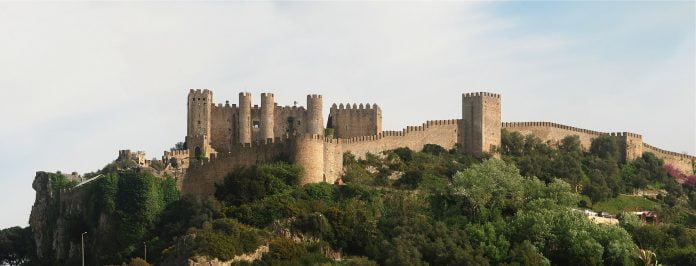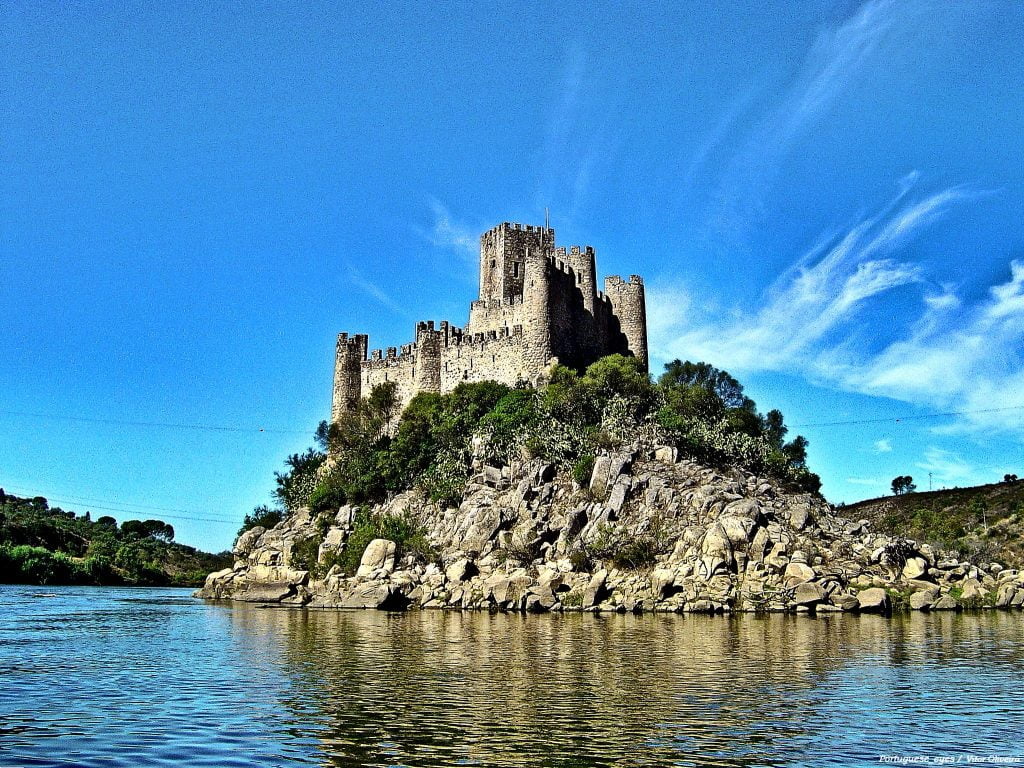A magnificent medieval structure in the midst of a walled town, the Castle of Obidos lets you travel back in time to witness the essence of early settlements in Southern Europe. The town’s beautiful landscape along with the marvelous, well-preserved architecture make this site a definite must-visit. Here’s everything you need to know about it:
(A Note to Our Readers: in this article, you will note an extensive use of “D.” in titles, of both people and places. Short for “Dom/Dona,” the use of this honorific is a mark of particular respect entirely apart from any noble titles. Of further interest to note is that Dom/Dona is personal, always with the given name rather than a family name and never by itself as “Mister” might be.)
Table of Contents
The castle’s architecture appears to have Gothic, Romanesque, Baroque, and Manueline influences.
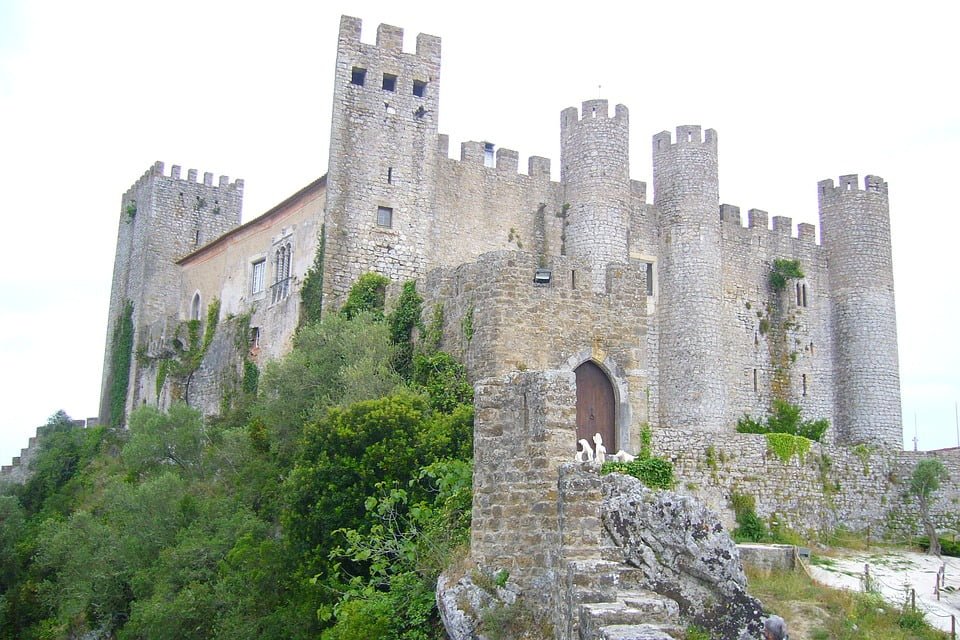
Frequently Asked Questions
Where is Castle of Obidos Located?
The Castle of Obidos is situated in a parish called Santa Maria, in the picturesque village of Óbidos in the Leiria District.
When was Castle of Obidos Built? Who Build It?
The final construction projects of the castle were done between the 12th and 14th centuries by numerous Portuguese rulers.
When is The Best Time to Visit the Castle?
The most recommended time to visit the castle is July. You will get to experience the medieval festival, which is phenomenal to witness.
What Other Monuments are Located Nearby?
Other sites to visit in the area include the Monastery of Alcobaca, Monastery of Batalha, and the National Palace of Mafra.
FOR HISTORY | BEAUTIFUL IMAGES | INTERESTING FACTS | TRAVEL TIPS
Early History
Origins and Early Conquests
The origins of the earliest structures of this castle lie in the mysterious, fortified settlement on the Luso-Roman Castro called the Eburobrittium. The Muslims fortified the region during the 8th century and had the castle in their possession. On January 10, 1148, Alfonso I’s forces conquered the area in what came to be known as the Reconquista. The castle was partially taken at that time, and then fully conquered in 1195 by Sancho I. King Sancho I had the walls of the castle reconstructed and turned the Albarra Tower of the castle into a jail.

In 1210, Alfonso II, who succeeded Sancho I, gave the castle to his wife D. Urraca. Later in the 13th century, the castle was faced with an assault from the forces of the Count of Bologna, during which people of the region and the inhabitants of the castle resisted successfully, maintaining their faithfulness to Sancho II.
Modifications
A lot of other fortifications were constructed on the castle grounds as the settlement expanded, including two towers: Torre Atalaia and Torre de D. Fernando. The dungeons were connected to the Church of Santiago gallery as part of the construction process. In the late 14th century the Portuguese succession crisis took place, during which the castle came under the control of John I of Castille.

In the 15th century during the tenure of King D. John II, people started settling and began construction towards the west and south of the castle. Queen Leonor chose to reside in the castle after the passing of her son Infante D. Alfonso due to the availability of thermal water in the region. King John II’s successor, Manuel I, made donations to the town which resulted in improvements to the town as well as the castle. The Paços do Alcaide was renovated and the walls of the castle were improved.
19th Century Onwards
The castle was also involved in the Peninsular War in which the earliest rounds of artillery were fired from the fort in the Battle of Rolica in 1808. The Albarra Tower was converted into a clock tower in 1842. A staircase was built in 1869 to access the D. Fernando Tower from the outside.
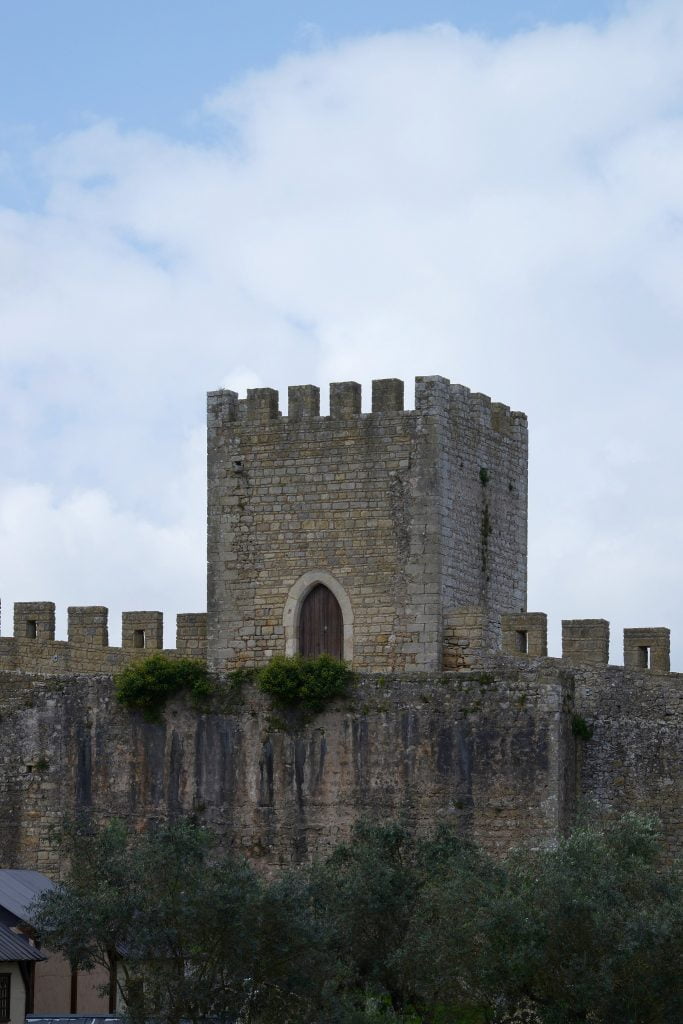
Revisit More Historic Places Below or Read Further
Current Times
In the 20th century, the Directorate-General for National Monuments and Buildings consolidated and renovated the town’s structures, including the castle, but later abandoned the project. In 1948, the castle was turned into a hotel. In 1955, the castle was declared a National Monument and decorated and furnished.
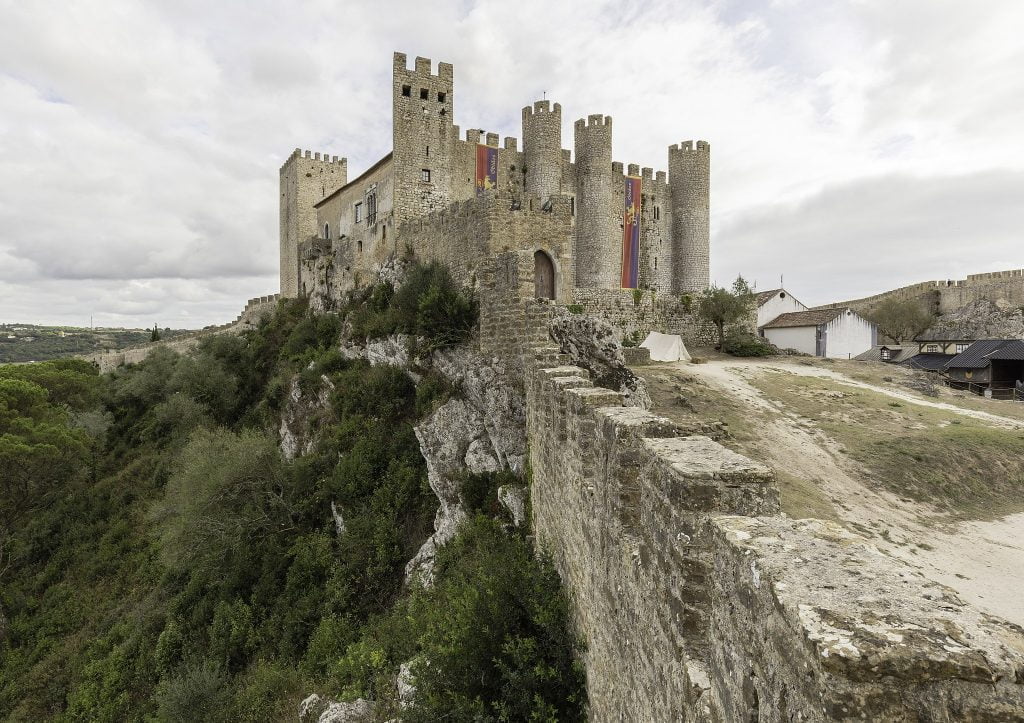
Currently, the castle is a popular tourist destination in Portugal. It hosts multitudes of visitors each day. The Palace of Alcaldes inside the fort is currently a four-star hotel, which invites tourists to book a room and enjoy some more time there.
Interesting Castle of Obidos Facts
- The castle’s architecture appears to have Gothic, Romanesque, Baroque, and Manueline influences.
- The fountains of the walled town are supplied water through a 3 km (1.86 miles) long aqueduct emerging from the Mountains of Usseria. It was built by Catherine of Austria in the 16th century.
- The Lisbon earthquake of 1755 caused a lot of structural damage to the castle, necessitating a renovation.
Visiting Castle of Obidos – Tips and Tricks
The Castle of Obidos is a wonderful tourist destination, specifically revamped to cater to modern needs. If you’re visiting Portugal, then you should definitely put it in your itinerary. Here’s everything you need to plan your visit:

How to get to Castle of Obidos?
The cheapest way to get to the Castle of Obidos from Lisbon is via train, with rates as low as €7 ($8 USD). The journey to the station at Obidos would take 2 hours and 20 minutes, plus a further 17-minute walk to the castle.
Taking the bus is the second cheapest option. You would have to take the bus from Martin Monez to Campo Grande and then transfer to another bus at Campo Grande to head on towards Obidos. From the bus station, it is a 7-minute walk to the castle. The journey would cost around €11-€16.5 EUR ($13-$19 USD).
Ticket Prices, Visiting Hours & Travel Tips
Information was checked & updated on October 24, 2023.
While there is no specific ticketing for the castle, you can get a full-day guided tour to Obidos from Lisbon in a range of prices starting from $32.011 USD per person. The entrance to the castle is free.
However, if you’re planning a stay at the Hotel Pousada Castelo de Obidos (the 4-star hotel within the castle), then the cheapest room is €133 ($164 USD) per night. You can avail of free Wi-Fi, get room service, and visit the castle surroundings and medieval village at your leisure.
The castle is open on weekdays from 9:00 am to 5:00 pm, while on Saturday it is open for 24 hours. On Sundays, the timings are 12:00 pm to 5:00 pm.

How Long Will It Take to Tour Around?
The castle itself would take 2 to 3 hours to tour. To get the full experience and tour the whole walled city, however, spending a whole day in the area is recommended.
Up to Date Information
For up to date ticket prices and visiting hours visit the official website: https://castelo-obidos.pt/
Some words of advice and tips:
- If you wish to avoid large crowds, visit the castle early in the morning before the tour buses arrive.
- Search up on festival dates to catch and experience a fun visit filled with cultural events and delicious food.
- You can buy the cutest souvenirs from local vendors in the city!

